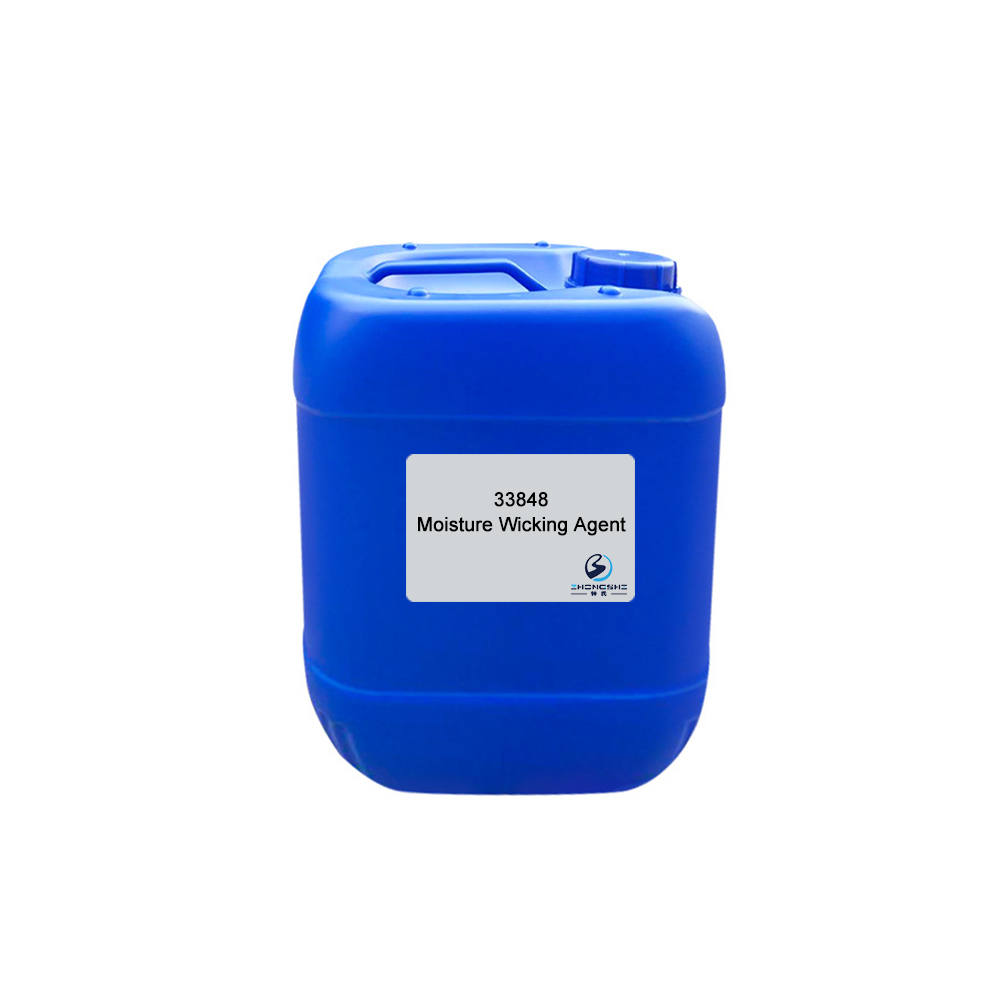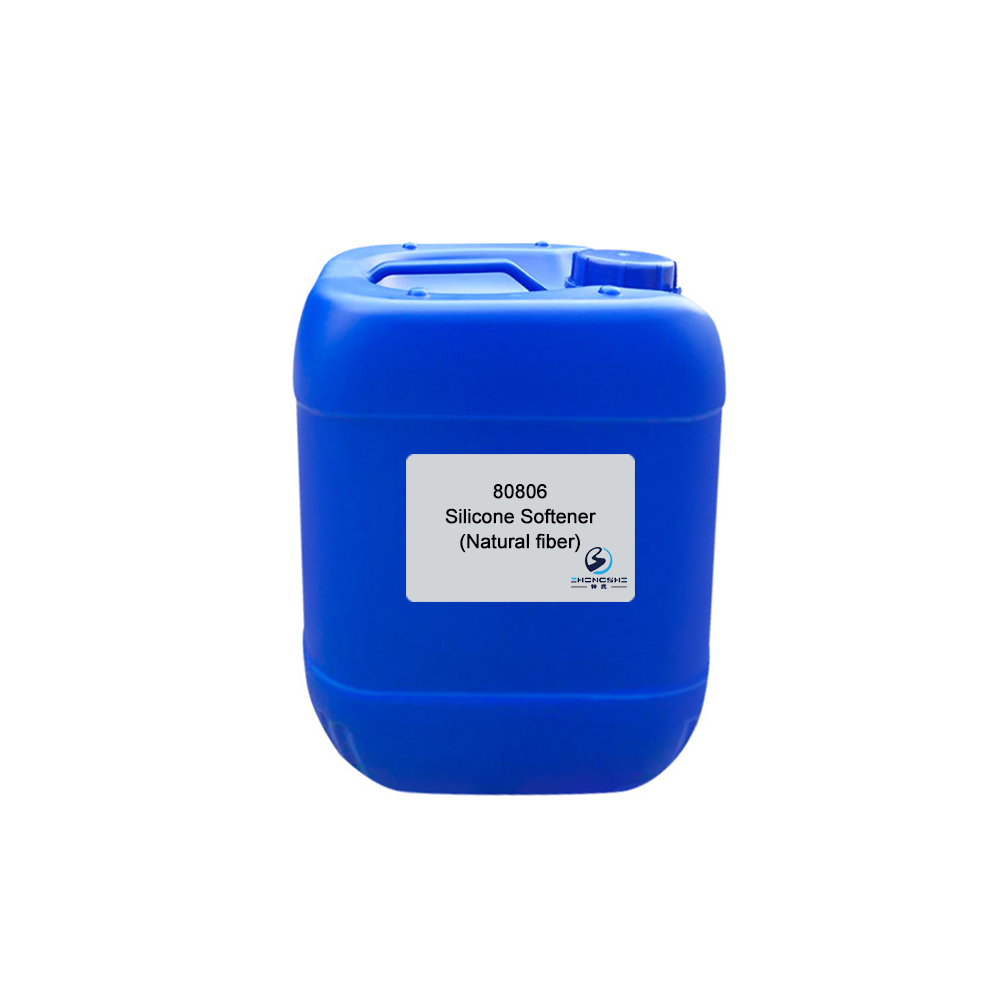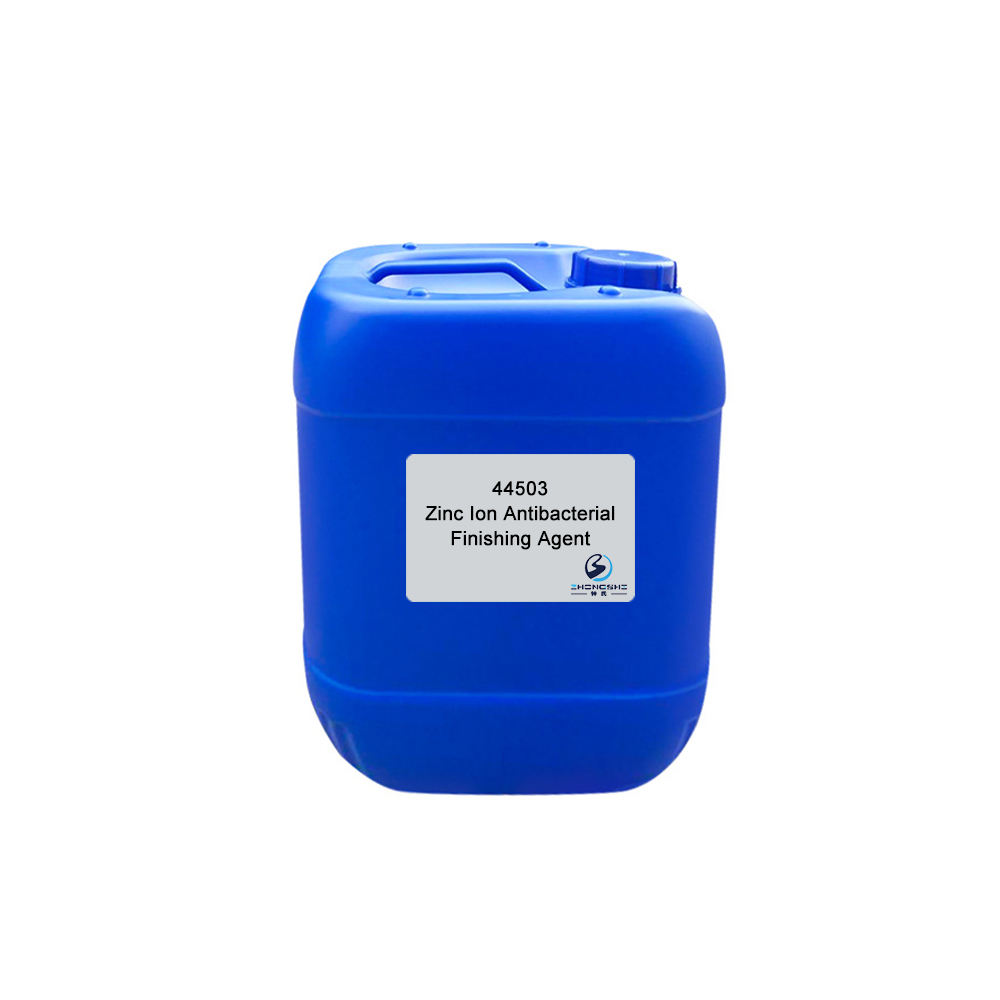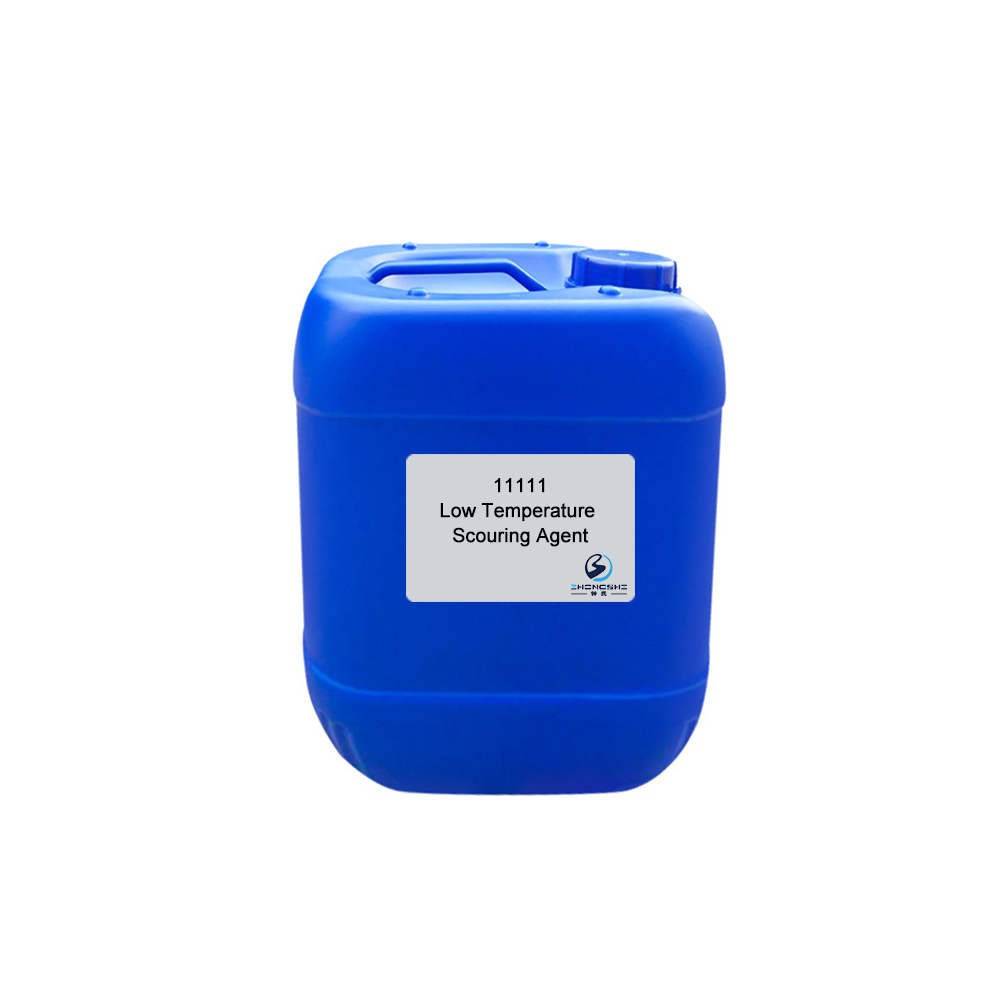Silicone Softener (Softening, Smooth & Especially suitable for mercerized fabrics) 98086
Reliable good quality and very good credit standing are our principles, which will help us at a top-ranking position. Adhering to your tenet of “quality 1st, purchaser supreme” for Silicone Softener (Softening, Smooth & Especially suitable for mercerized fabrics) 98086, “Passion, Honesty, Sound support, Keen cooperation and Development” are our plans. We’ve been here anticipating good friends all around the globe!
Reliable good quality and very good credit standing are our principles, which will help us at a top-ranking position. Adhering to your tenet of “quality 1st, purchaser supreme” for China Silicone Oil and Silicone Softener, Dyeing Chemical, Fabric agent, fiber auxiliary, Finishing agent, Finishing and dyeing auxiliaries, Hand feeling Agent, Handle finishing agent, Mercerizing Agent, Mercerizing silicone oil, Mercerizing Softener, Silicone Emulsion, Silicone Oil, Silicone Softener, Softener, Softening agent, Textile Auxiliaries, Our company adheres to the spirit of “lower costs, higher quality, and making more benefits for our clients”. Employing talents from the same line and adhering to the principle of “honesty, good faith, real thing and sincerity”, our company hopes to gain common development with clients from both at home and abroad!
Features & Benefits
- Excellent stability.
- Extremely low yellowing and low shade changing.
- Extremely little influence on color shade.
Typical Properties
| Appearance: | Transparent emulsion |
| Ionicity: | Weak cationic |
| pH value: | 5.5±0.5 (1% aqueous solution) |
| Solubility: | Soluble in water |
| Content: | 40% |
| Application: | Cellulose fibers and cellulose fiber blends, as cotton, viscose fiber, polyester/ cotton, etc. |
Package
120kg plastic barrel, IBC tank & customized package available for selection
TIPS:
About finishing
Any operation for improving the appearance or usefulness of a fabric after it leaves the loom or knitting machine can be considered a finishing step. Finishing is the last step in fabric manufacturing and is when the final fabric properties are developed.
The term ‘finishing’, in its widest sense, covers all processes which fabrics undergo after their manufacture in looms or knitted machines. However, in a more restricted sense, it is the third and final stage of processing after bleaching and dyeing. Even this definition does not hold well in some cases where the fabric is not bleached and/ or dyed. A simple definition of finishing is the sequence of operations, other than scouring, bleaching and coloration, to which the fabrics are subjected after leaving the loom or knitting machine. Most finishes are applied to woven, nonwoven and knit fabrics. But finishing is also done in yarn form (e.g., silicone finishing on sewing yarn) or garment form. Finishing is mostly done in fabric form rather than in yarn form. However, sewing threads made from mercerized cotton, linen and their blends with synthetic fibers as well as some silk yarns require finishing in yarn form.
A fabric’s finish can be either chemicals that change the fabric’s aesthetic and/or physical properties or changes in texture or surface characteristics brought about by physically manipulating the fabric with mechanical devices; it can also be a combination of the two.
Textile finishing gives a textile its final commercial character with regard to appearance, shine, handle, drape, fullness, usability, etc. Nearly all textiles are finished. When finishing takes place in a wet state, it is called wet finishing, and while finishing in a dry state, it is called dry finishing. The finishing auxiliaries are applied using finishing machines, padders or mangles with one- or two-sided action or by impregnation or exhaustion. Altering the composition, rheology and viscosity of the finish applied can vary effects.






